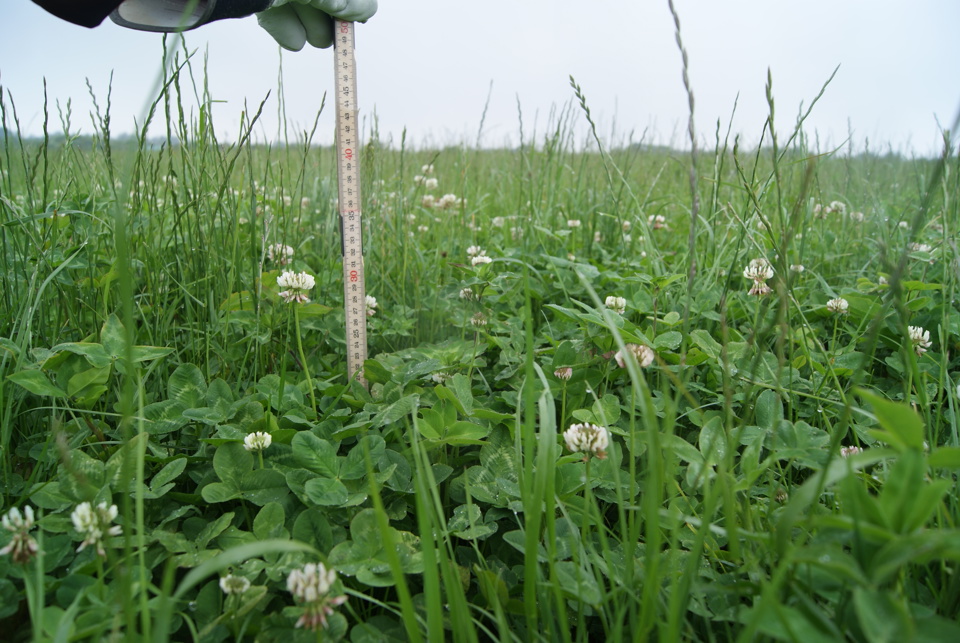One potential use is as biomass for energy production, but she hopes that in the future, grass fibres may also be used for composite materials, textile fibres or bioplastic for coffee cups and other household items.
Huge potential for sustainable farming
However, the researchers’ work does not only focus on the methods for turning grass into food and fodder. They also work on the larger perspective of supporting sustainable and eco-friendly farming by making grass a sought-after and valuable product, which at the same time contributes to a sustainable nutrient cycle.
- “In essence, we approach the refining challenge with a focus on 1) using every single fraction of the plants we use, 2) thinking in terms of nutrient cycles, and 3) making grass production financially viable for the farmers, because if they cannot run a profitable business on the basis of it, they simply will not grow it” Mette Lübeck says. Grass blends that include clover grass and alfalfa belong to a plant family with the ability to fix nitrogen from the air, which is why they have such a high level of protein. This means that in terms of crop rotation, farmers can use these grass blends as a natural way to fertilize their soil. After one or more years of growing grass on a field – which will be ploughed down once it is time to rotate to a new crop – the soil will have a high level of nitrogen too, and the farmer will not need to fertilize the fields as much as would otherwise be necessary.
- “We are actually looking into utilizing this fact in our refining processes as well: Once we have extracted the proteins we need for food, another way to use the leftover juice is to filter or evaporate it to get the nutrients nitrogen, phosphorous and potassium. These are the exact ingredients of a widely used fertilizer called NPK fertilizer, and as such we can return these grass components to the fields in order to provide the minerals that farming needs. In this way, we can create a sustainable nutrient cycle” Mette Lübeck says and emphasizes that this kind of fertilizer can be used in organic as well as conventional farming. In addition, the use of grass as a crop helps reduce the leaching of nutrients from farming into the ground water.
- “A further advantage in terms of protecting our environment is that farmers can grow grass for maybe as much as four years – instead of the usual crop rotation every year if they grow grains, corn or potatoes – which lets the grass develop a stronger root net. This in turn means that the grass will retain a larger amount of nutrients from the soil, which might otherwise have leached into the ground water once the grain crop had been harvested and the field left bare until next crop” Mette Lübeck explains.

